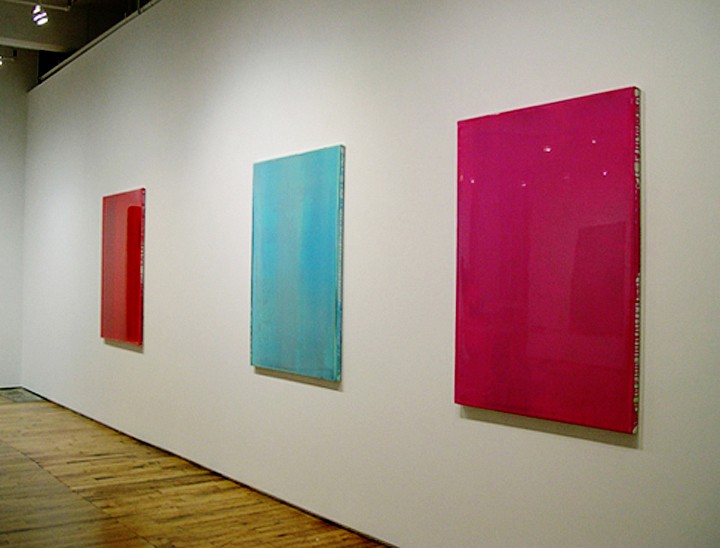PRESS RELEASE

Juchtmans paintings are often described as monochromes. However, not unlike a work of Robert Ryman, Juchtmans is interested in the viewer not only experiencing the monochrome as painting, but also as object. Every aspect of a painting's materiality is considered, including the stretchers, how the paint is applied and its thickness, as well as its presentation in a space.
One of the most striking features of Jus Juchtman’s paintings is their highly reflective and shiny surfaces. The reflection of the viewer and his surroundings are integral to the work. It is the intention of the artist that the seductive surfaces he creates be resistant to a single view approach. Juchtmans wants his viewers to be aware of the ephemeral and time specific nature of approaching the work. With each viewing – depending on numerous factors, such as time of day and light changes – the paintings are experienced anew.
If the paintings are resistant to being viewed, the act of viewing them is rewarded according to the amount of time one spends doing so. Each painting might have as many as thirty layers of paint. Given time, the eye is able to discern many translucent colors subtly mixing and emerging through the predominant surface color. In Juchtmans’s work, an engagement with a visual aesthetic is clearly evident. It is an engagement in which the significance of time is not only acknowledged within it, but which also constitutes an important element.
